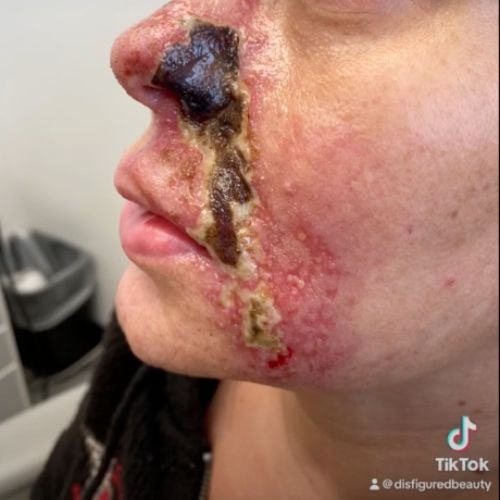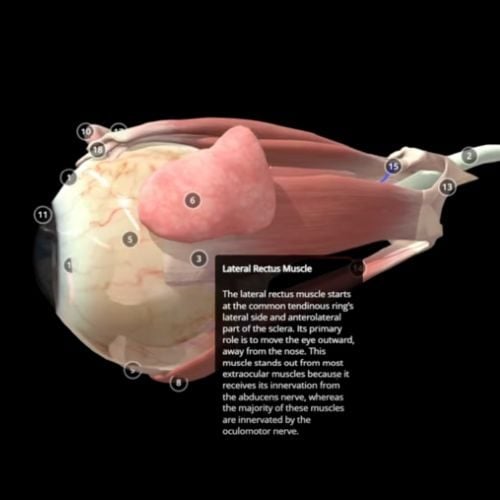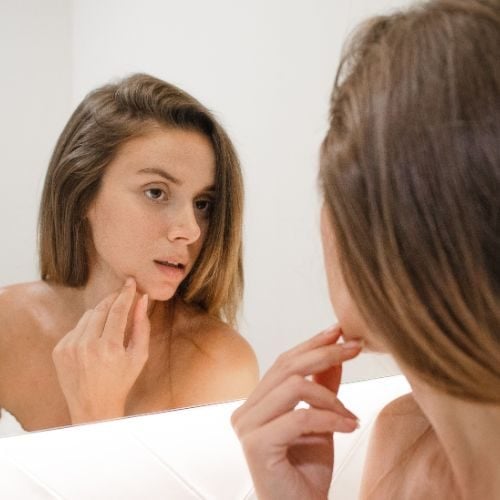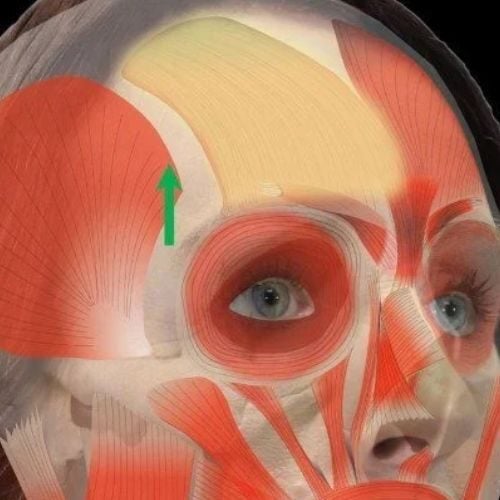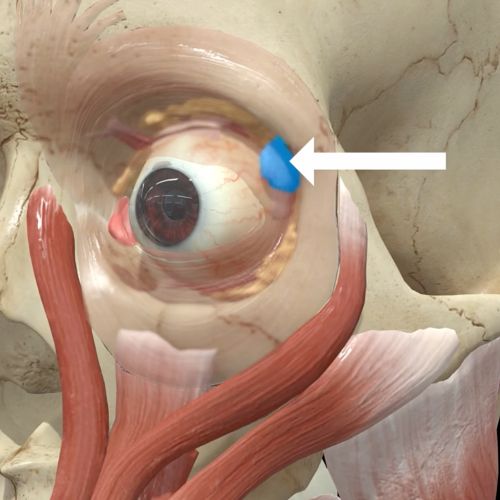- Mail us: support@drtimpearce.com
What causes brow ptosis?
You may be interested
 Dr Tim Pearce
Dr Tim Pearce

Eyebrow ptosis is a subjective or objective sense that the forehead skin has dropped and is often associated with loss of an eyebrow arch, particularly in women.
The effect can be quite dramatic on the appearance of the individual as they may either appear very tired or angry and this has a significant effect on the way that they interact with people in life and therefore, can be extremely upsetting.
In women, a loss of function of the eyebrow is more significant than in men because they tend to apply makeup underneath the eyebrow every day and the inability to raise eyebrows can be upsetting and could be considered ptosis. For men there is no functional use of the eyebrows except for expression.
Brow ptosis is caused by a relative over relaxation of the brow elevators. Remember the brows are held in position by a number of opposing muscles and the force of gravity. The frontalis muscle both supports at rest and moves the eyebrows up, while the glabella complex and the orbicularis oculi pull the brow down. If the net effect is a disproportionate downward vector, the brows will drop.


To reduce lines with BOTOX® we usually reduce movement, but in the process of reducing movement, it is possible to reduce support too and alter the vectors across the brows.
This means the skin of the forehead sinks down, causing one of three different variants of a drop.
If the drop occurs laterally, the eyebrow shape becomes flatter or depressed and the upper eyelid skin sometimes becomes compressed into the eyes giving a sense of tiredness.
In medial drops, the eyebrows can become arched or angled as the lateral elevator muscles lift but the medial muscles are so weak, they drop.
If both occur together the patient can appear very tired or angry as the skin drops across the whole forehead.
The problem does not occur in every patient, even in very high doses, and patient selection is vital.
There are four variants to consider.
- Older people
- Those with hyperdynamic foreheads
- Those with skin that is a continuous surface all the way to the eyelashes
- Those with a bulky or heavy appearing forehead.
Aside from patient selection, ptosis is more likely if you inject higher doses, and or inject lower down and less likely when you inject higher up the frontalis with lower doses.
The lateral frontalis is probably a more common place for ptosis to occur and hence extra care should be taken with accuracy in this area to prevent asymmetry and heaviness.
How do you identify the issue and differentiate it?
It’s useful to know how patients might present with the brow ptosis. When the message comes through that they need a follow-up, the patient may describe their symptoms in characteristic ways.
Some simply state that their forehead feels heavy, or that it feels like they’re wearing a swimming cap or tight hat. Some report that they look tired or that other people are asking if they are tired, while others may complain that their eyebrows have dropped or changed shape.
Functionally, it can impact women who apply makeup, as they present with the complaint that they have to use a finger to lift their eyebrows apply makeup. Many will report that their eyelids have dropped often after googling BOTOX® symptoms and they will say that they have eyelid ptosis but in fact do not.
Asymmetrical drops are not rare, and many patients will complain of the asymmetry often describing it in severe terms such as ‘I look like I’ve had a stroke’. It’s my experience that the appearance is not always as severe as the words used to describe it, and often patients simply want to get a quick response to have the problem solved as soon as possible.
Different types of brow drop
There are 2 types to know.
Medial brow ptosis is probably most common, and affects the glabella area, while a lateral forehead ptosis affects the eyebrow arches and the lateral aspect of the eyebrows, and of course in rarer instances, drops could occur together across the whole forehead on the same patient.
It’s important to know how to differentiate these, if you don’t get the diagnosis correct you will not be able to adequately explain or treat the patient or improve your technique to reduce the chances of the same thing happening again.
- Medial ptosis tends to make the patient look angry
- Lateral ptosis tends to make the patient look tired or sad
To diagnose brow ptosis correctly it’s important to compare the after result with the before picture, as there are always elements of psychological interpretation of symptoms that can lead both patient and clinician astray from the physical changes.
To identify medial ptosis, it’s useful to examine the angle of the eyebrows which often increase if the lateral movement is preserved. This occurs because the medial body of the eyebrow is lower and closer to the eyelid than the before picture. A lateral lift is common as usually, we place less product lateral to the mid pupillary line, and this combination of a medial drop and lateral lift is classic of Mephisto’s sign. Mephisto is a marvel character whose eyebrows made him look evil.
With medial Brow ptosis, there is often considerable lateral movement but very little or no medial movement of the forehead when you ask the patient to raise their eyebrows.
It’s also important in these patients to check that the corrugator muscle is not causing part of the medial ptosis. So, as well as asking the patient to raise their eyebrows also ask them to frown. As well as examining for movement also check the position of the eyelid relative to the Iris and check for eyelid ptosis. This will inform your treatment plan later.
How can you treat brow ptosis?
Now let’s have a look at how to manage medial and lateral brow ptosis.
Remember the underlying problem here is not always a simple drop, it can often be loss of balance between two opposing muscle groups, the elevators, and the depressors.
Lateral eyebrow ptosis that makes the patient look tired, is associated with a reduction of movement of the lateral frontalis. However, the actual drop could be considered a relative weakness of the elevators which means it could be helpful to treat the depressors and rebalance the position of the brow.
As part of your assessment, as well as testing how strong the elevators are, check to see how strong the brow depressors are. The muscles that pull the eyebrows down are also partly responsible for the drop. If you have not treated orbicularis oculi at all and there is also some movement of the frontalis muscle, it is very hopeful that you could lift the eyebrow with further treatment of the depressor muscles.
For this reason, a lateral eyebrow drop can be effectively treated by reducing depressor strength, and a way of restoring eyebrow position at rest.
There are three possible treatment options for combating a lateral Brow drop
- Option 1 is to inject 4 units at the tail of the eyebrow in the orbicularis oculi muscles superior lateral component.
- Option 2. Treat the lateral orbicularis oculi as you would for a crow’s feet treatment this might be 3 injections of 4 units as per the licenced dose.
- Option 3. If you have already treated the lateral canthal lines, and there’s limited movement, check for movement of the superior aspect of orbicularis oculi underneath the eyebrow. If there is strong depressor activity you can place 1-unit injections underneath the arch and tail of the brow very superficially to reduce risk of affecting the eyelid or lacrimal gland.
A medial drop is caused by the relative weakness of the eyebrow elevator, the medial aspect of the frontalis muscle. The medial depressors of the forehead are of course the glabella complex, made up of the corrugator muscle, the depressor supercilIi and the procerus.
In your assessment of the patient complaining of a drop, medial ptosis would confirm elevators have been significantly weakened. If the depressors/ glabella complex is completely immobile there is little that can be done except to wait.
If there is some medial elevator activity and a drop with strong the glabella complex activity pulling the eyebrows down, there is a significant chance that you could improve the problem in 1 of 4 ways.
- Treat the procerus alone, reducing the downward pull of the most medial part of the forehead. Inject 4 units into the body of the muscle.
- Treat procerus and depressor supercilii on either side. Inject 4 units into each muscle, a total of 12.
- Treat the entire glabella complex, with a usual dose of 20 units.
- Treat all of the above and consider medial orbicularis oculi if it appears active- it can be treated with small doses very superficially. Please note this area is a higher risk for eyelid ptosis particularly if you go too deep or use higher doses.
Avoiding brow ptosis
The key is to learn to develop an eye for spotting people who will be prone to brow drops.
The first is client selection, you must learn to develop an eye for spotting people who will be prone to brow drops.
4 characteristics of clients prone to brow drop
- A hyperdynamic forehead. People with this characteristic use their frontalis muscle almost constantly and relaxing it quite easily causes a sense or an appearance of dropping.
- A bulky, wide, or full looking glabella can sometimes show medial drops more easily. Look out for a procerus crease, which often goes with a heavy brow more prone to dropping.
- Skin that flows directly and uninterrupted to the eyelashes may show and feel small drops in the forehead easily because there’s a direct connection to the eyes.
- Loose or puffy skin over the eyelids can show drops more easily.
If you have suffered a medial or lateral brow ptosis, it’s a good time to reflect upon your technique and see what can be done to avoid the risk of this occurring in the future.
As a general principle, injections in the lower third of the frontalis muscle are most likely to cause eyebrow ptosis. Because of this, it’s advisable not to attempt to treat any of the frontalis muscle between the orbital rim halfway up the frontalis muscle, or 2 cm from the orbital rim, leaving the lower half to one-third of the muscle untreated usually provides enough support to keep the eyebrows in the same position or slightly lifted while still getting rid of the vast majority of lines and wrinkles.
In females, it’s vital to reduce the risk of the lateral brow ptosis or loss of the eyebrow arch, or asymmetry, and often the aesthetic goal is to lift the eyebrow as much as it is to reduce lines.
Still anxious about delivering cosmetic injectables safely?
If you want to learn more about mastering medical aesthetic treatments and complications, or conquering the anxiety of where to place your needle, then register for the next Dr Tim webinar.
Also check out our YouTube channel for really useful regular tips and advice. ![]()
Dr Tim Pearce eLearning
Dr Tim Pearce MBChB BSc (Hons) MRCGP founded his eLearning concept in 2016 in order to provide readily accessible BOTOX® and dermal filler online courses for fellow Medical Aesthetics practitioners. His objective was to raise standards within the industry – a principle which remains just as relevant today.
Our exclusive video-led courses are designed to build confidence, knowledge and technique at every stage, working from foundation level to advanced treatments and management of complications.
Thousands of delegates have benefited from the courses and we’re highly rated on Trustpilot. For more information or to discuss which course is right for you, please get in touch with our friendly team.
Related Articles
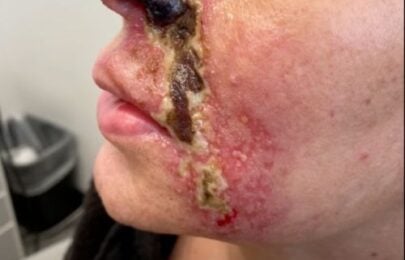 Bestseller
Bestseller
Vascular Occlusion and Necrosis Prevention: The Ultimate Safety System for Aesthetic Injectors
October 21, 2025
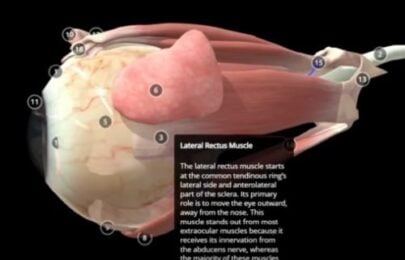 Bestseller
Bestseller
Preventing Double Vision from Botox: Mastering the Lateral Rectus Safety Zone
October 16, 2025
 Bestseller
Bestseller
Body Dysmorphic Disorder in Aesthetic Practice: Ethics, Risks, and Recognition
October 7, 2025

